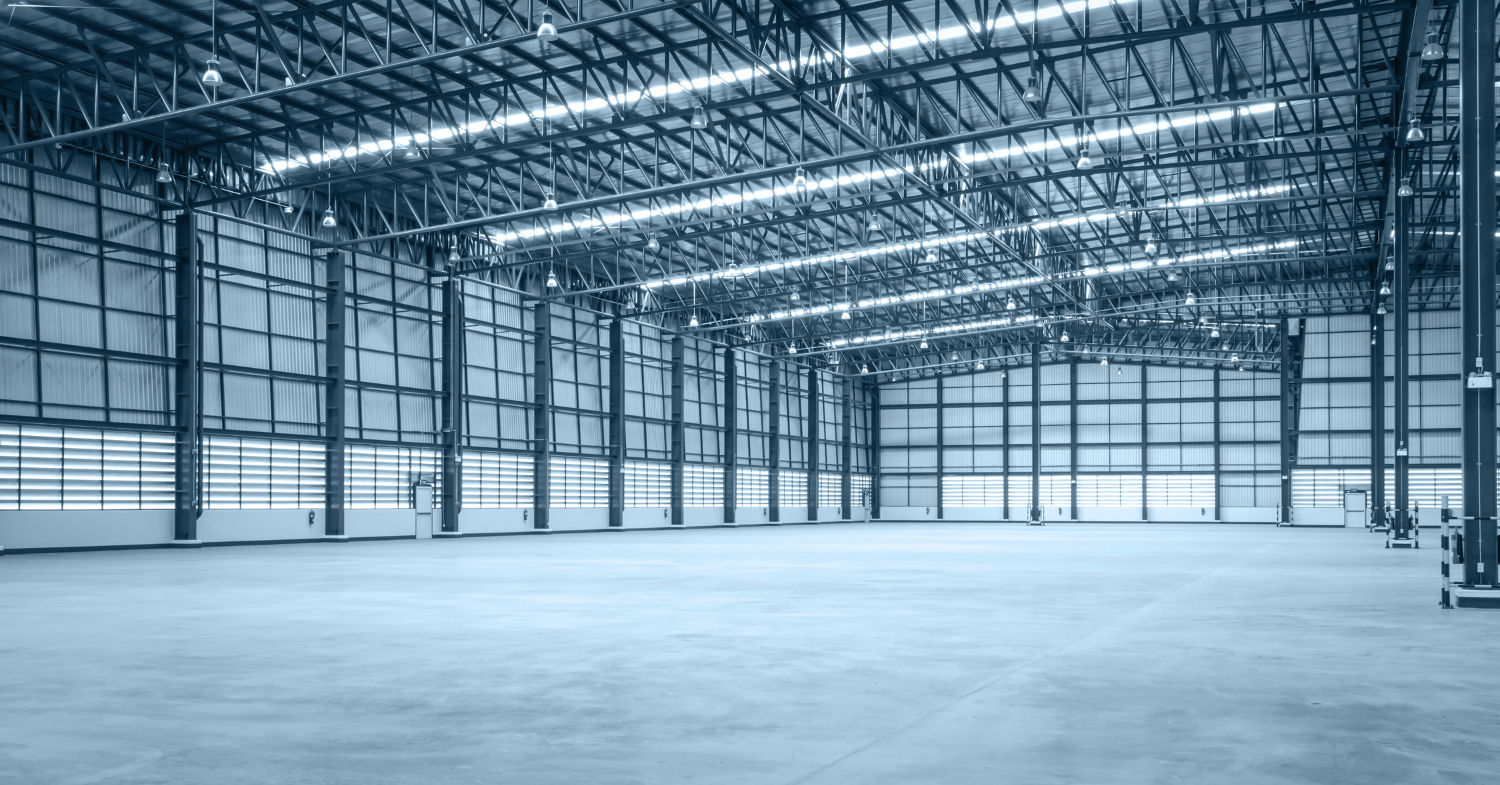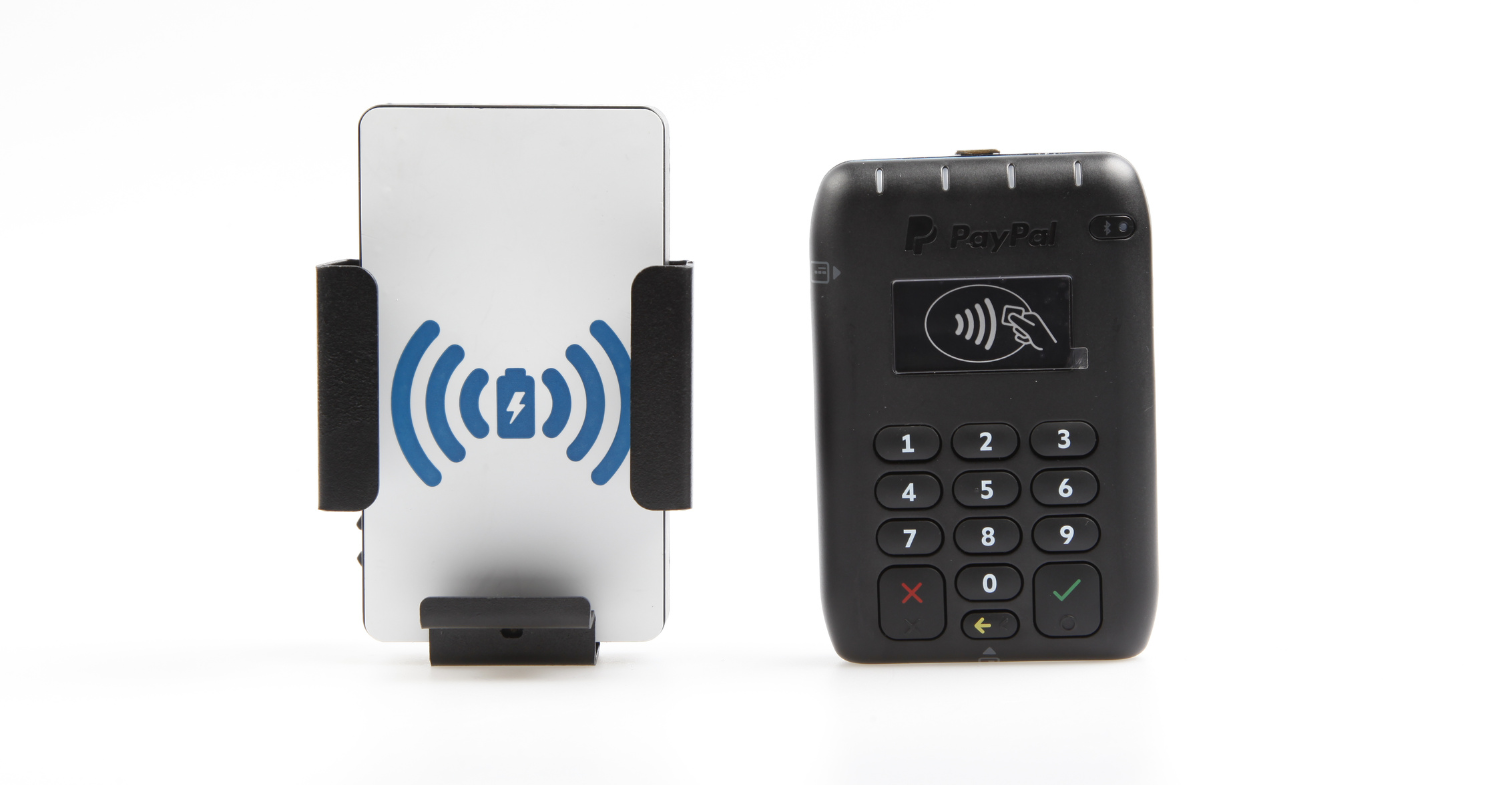If necessity is the mother of invention - where does the concept of rugged AR (Augmented Reality) fit in the world of enterprise? This article explores a use case for AR in harsh environments and highlights a few brands stepping up to the challenge.
Augmented Reality Check
Some of the most notable companies leveraging AR technology are in the oil, gas, and aerospace industries. In these industries, functions like mechanical engineering are reliant on tablet or desktop instructions, and errors are costly. Boeing conducted a study to assess the effects of AR on the number of mistakes while assembling an aeroplane wing. The results were interesting.
Mechanics using AR made significantly fewer errors during the assembly process. In the test, AR tech produced an image of the wing's blueprint directly over the wing being repaired. The mechanics were able to follow along with the image and fix the wing in real-time.
Rugged Hardware
Apart from the Boeing study, there are generally few use cases of AR in rugged environments. Manufacturers tend to take a let's play with the tech approach and see what happens. As a result, much of the testing tends to take place in softer working environments. That said, allowing users to play with the tech the outcome each time the user engages with AR offers the opportunity to learn.
Yet as the industry continues to test the technology, the question beckons about what rugged hardware is needed to bring real-world and digital objects together. Here are a few innovative AR solutions with a focus on enterprise usability:
In 2017 ODG (Osterhout Design Group) debut the first rugged smart glasses for harsh environments. Since then, spectacles have continued to evolve, with big tech introducing more advanced solutions.
Lenovo released 'ThinkReality A3' earlier this year, designed specifically for laboratories and the retail environment. When connected to a Motorola smartphone for fieldwork, the ar glasses offer several valuable features, including the ability to view multiple virtual displays.
Microsoft HoloLens 2 also focuses on workplace usability. A headset looking spec that is nonetheless creating a lot of excitement.
Magic Leap 1, designed for enterprise, is the new kid on the block, somewhat similar to HoloLens and Google Glass. This product is unique in so far that is it's brought to market by an investor-backed start-up. Indications that interest in AR tech for enterprise is becoming attractive to investors.
Making Fieldwork Work Better
The industry has some way to go with regards to AR tech in harsh environments. Keeping the devices operational by delivering longer battery life is cited as a significant challenge for businesses. And as mobile computing devices remain a vital component of the AR delivery mechanic, enterprises considering this tech need to ensure they have all their bases covered.
51T have deep expertise in developing bespoke mobile device charging solutions for enterprises. Several of our products, such as our Smart Charging Cabinet, are being used across many sectors in environments where businesses rely on operatives being fully operational and accessible at all times. We are open to exploring solutions the image below is a prototype charging station for Facebook Oculus headset a close relation of AR that combines virtual reality tech.
To learn more, email sales@51t.co.uk



